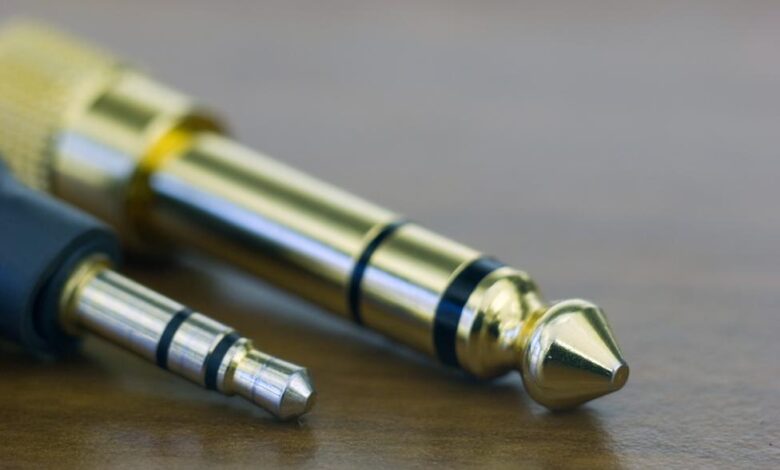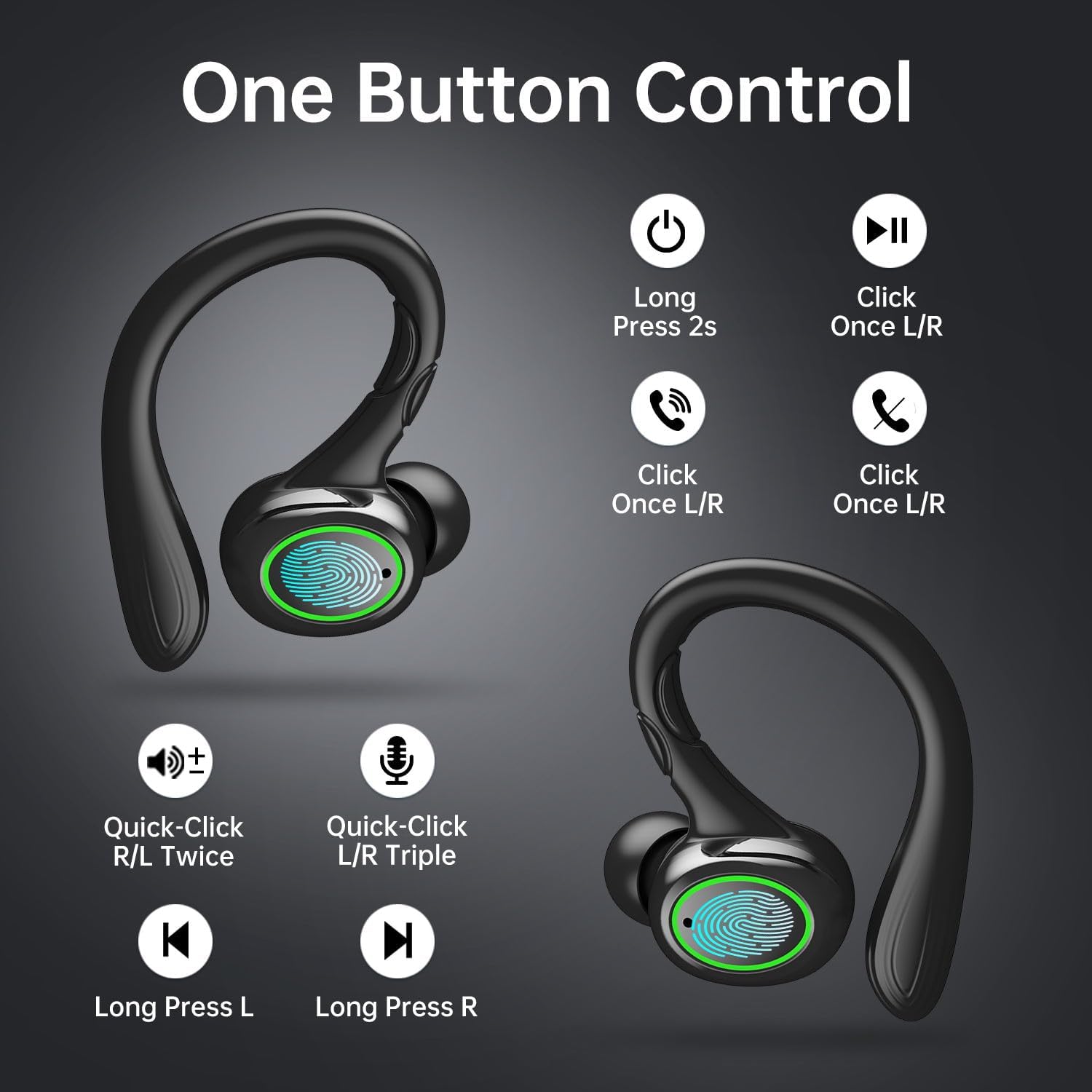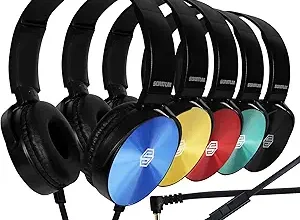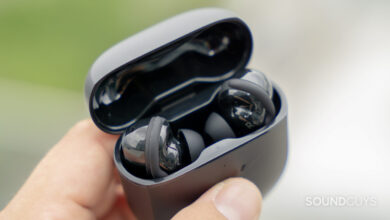XLR Cable to Headphone Jack

Introduction to XLR Cables and Headphone Jacks
Audio cables are essential components in any sound setup, and understanding the differences between the types is crucial for achieving the best audio quality. Two common audio interfaces are XLR cables and headphone jacks, which serve different purposes but can be used together with the right adapters.
An XLR cable is a professional-grade audio connector primarily used for microphones, audio interfaces, and other studio equipment. Known for their durability and ability to transmit balanced signals, XLR cables are preferred in professional audio setups where minimizing noise and maintaining signal integrity are critical. They feature three pins that correspond to positive, negative, and ground signals, making them ideal for high-quality audio transmission.
On the other hand, a headphone jack, commonly seen in 3.5mm and 6.35mm (1/4-inch) formats, is the standard connector for consumer audio devices such as headphones, smartphones, and laptops. Headphone jacks are primarily used for unbalanced audio transmission, which is suitable for short distances like those between headphones and portable devices.
Although XLR cables and headphone jacks serve different functions, connecting them is often necessary when integrating professional audio equipment with consumer headphones or vice versa. By using the correct adapter, you can connect an XLR cable to a headphone jack to bridge the gap between these two formats.

What is an XLR Cable?
An XLR cable is a three-pin connector used to transmit balanced audio signals. It is commonly found in professional audio environments such as recording studios, concert venues, and broadcasting stations. The design of an XLR cable helps to reduce interference and noise, which is especially important for long cable runs where signal degradation could become an issue.
Balanced audio transmission works by sending two signals that are 180 degrees out of phase with each other. When interference affects the signal, it impacts both equally, and when the signals are recombined at the receiving end, the noise cancels out, leaving only the original sound. This feature makes XLR cables the preferred choice for professional audio engineers who require clean, reliable sound over longer distances.
What is a Headphone Jack?
A headphone jack is the standard connector for most consumer audio devices. The most common sizes are the 3.5mm jack, which is used in portable devices like smartphones and laptops, and the larger 6.35mm jack, often found in professional audio equipment like amplifiers and mixing consoles. Headphone jacks typically transmit unbalanced audio, which is sufficient for short cable runs where signal interference is less of a concern.
Unlike XLR cables, headphone jacks don’t have built-in noise reduction, making them more susceptible to interference over longer distances. However, for everyday use in close proximity to audio sources, they provide a convenient and widely compatible connection option for headphones and other personal audio equipment.
Why Use an XLR Cable with a Headphone Jack?
There are several reasons why someone might want to use an XLR cable with a headphone jack, especially in scenarios where professional audio equipment is integrated with consumer-grade headphones or playback devices. Bridging these two types of connections can offer various benefits, but it also requires a clear understanding of how the two interfaces work together.
Benefits of Using XLR Cables in Audio Systems
XLR cables are widely regarded for their superior audio quality and durability, particularly in professional environments. The primary benefit of XLR cables is their ability to transmit balanced audio signals, which significantly reduces noise and interference, ensuring a cleaner sound. This is crucial in studio environments where precise audio quality is needed for recording, mixing, and mastering.

Another advantage of XLR cables is their robustness. Made with high-quality materials, XLR cables are designed to withstand the rigors of daily use, particularly in live sound or broadcasting environments where equipment is frequently plugged and unplugged. The locking mechanism on XLR connectors ensures a secure connection that won’t easily come loose, which is a major benefit over standard headphone jacks that don’t offer the same level of stability.
Compatibility and Conversion Between XLR and Headphone Jacks
While XLR cables offer clear advantages in audio quality, most consumer-grade headphones and devices use 3.5mm or 6.35mm headphone jacks, which are unbalanced. This is where the need for an XLR-to-headphone jack adapter comes into play. These adapters allow you to convert a balanced signal from an XLR output into an unbalanced signal compatible with a headphone jack.
However, it’s important to note that the conversion from balanced (XLR) to unbalanced (headphone jack) does introduce some compromises in terms of signal integrity. While the balanced nature of XLR cables reduces noise, when converting to an unbalanced signal, some level of interference may still be introduced, especially over longer distances. Despite this, using an adapter is often the best solution for connecting professional audio equipment to consumer headphones.

Types of XLR to Headphone Jack Adapters
To successfully connect an XLR cable to a headphone jack, you need an adapter that can convert the signal from one format to the other. These adapters come in various types, depending on the size of the headphone jack and the specific audio needs of the user.
3.5mm to XLR Adapters
A 3.5mm to XLR adapter is one of the most common types, as 3.5mm jacks are standard in most consumer electronics, including smartphones, laptops, and portable music players. These adapters typically feature an XLR male or female connector on one end and a 3.5mm jack on the other.
This type of adapter is particularly useful when you need to connect a professional microphone with an XLR output to a consumer device like a laptop for recording or broadcasting. It allows you to take advantage of the balanced audio quality of XLR while still being able to plug into everyday devices. However, it’s essential to remember that once the balanced XLR signal passes through the adapter, it is converted into an unbalanced signal for the 3.5mm jack, which may slightly impact audio quality.
6.35mm (1/4-inch) to XLR Adapters
The 6.35mm (1/4-inch) to XLR adapter is another popular option, particularly in professional audio environments. Many high-end headphones and audio devices, such as amplifiers and mixing consoles, use 6.35mm jacks. These adapters feature a larger jack size compared to the 3.5mm variant, making them suitable for professional-grade equipment.
The 6.35mm to XLR adapter is useful in studio settings where high-fidelity headphones are connected to audio interfaces or mixers that use XLR outputs. Similar to the 3.5mm adapter, it converts the balanced XLR signal into an unbalanced format suitable for the headphone jack.
Balanced vs Unbalanced Adapters
When choosing an adapter, one important consideration is whether it supports balanced or unbalanced signals. Most XLR to headphone jack adapters are designed to convert a balanced XLR signal into an unbalanced one because standard headphone jacks do not support balanced connections. However, some adapters are built with shielding and other features to minimize interference during this conversion process, preserving as much of the original audio quality as possible.
Balanced adapters are generally better for longer cable runs and professional environments where noise reduction is critical, while unbalanced adapters are sufficient for shorter, simpler setups.
How to Properly Connect an XLR Cable to a Headphone Jack
Connecting an XLR cable to a headphone jack may seem straightforward, but there are several steps and considerations to ensure the connection is done correctly. Proper setup ensures that you maintain the best possible audio quality while avoiding damage to your equipment.
Step-by-Step Guide to Connecting XLR to 3.5mm or 6.35mm
- Check Your Equipment: Ensure that the devices you are connecting (headphones and the audio source) are compatible with an XLR to headphone jack connection. If necessary, check your headphone impedance and output specifications.
- Select the Right Adapter: Choose an XLR to headphone jack adapter that matches the size of your headphone jack, either 3.5mm or 6.35mm. Make sure the adapter is designed for audio applications and supports the proper conversion between balanced and unbalanced signals.
- Connect the XLR Cable: Plug the XLR cable into the output device, such as a microphone, mixer, or audio interface. Ensure the connection is secure, especially with XLR cables, which often have a locking mechanism.
- Attach the Adapter: Attach the adapter to the other end of the XLR cable. Ensure it fits tightly and there’s no loose connection, as this could lead to signal interference or loss of sound.
- Plug in the Headphones: Finally, plug your headphones into the adapter. Test the audio by playing sound through the system to check for any signal distortion or noise issues.
Common Mistakes to Avoid
One of the most common mistakes when connecting XLR cables to headphone jacks is using the wrong type of adapter. It’s essential to use an adapter specifically designed for audio signals, as using the wrong one could lead to sound degradation or even damage your equipment.
Another mistake is overlooking the need for balanced vs. unbalanced connections. If your audio system is designed for balanced signals, using the wrong adapter could introduce unwanted noise or hum. Ensure that you choose an adapter that maintains the best possible signal integrity for your setup.
Applications of XLR to Headphone Jack Connections
Connecting an XLR cable to a headphone jack can be useful in a variety of scenarios, particularly in professional audio environments. Whether you’re working in a recording studio, performing live, or simply looking to integrate high-end audio equipment into your personal setup, this type of connection can be essential.
Using XLR to Headphone Jack in Studio Settings
In studio environments, connecting XLR cables to headphone jacks is common, especially when integrating professional microphones, audio interfaces, and mixers with monitoring headphones. Audio engineers frequently use this setup to listen to high-quality audio from professional-grade microphones or studio monitors through standard headphones.
Studio settings also benefit from XLR connections because of their ability to reduce interference and maintain clear, high-quality sound. Even when converting to an unbalanced signal for headphones, the use of XLR cables helps to ensure a more reliable connection than standard consumer-grade cables.
XLR to Headphone Jack for Live Performances
In live sound environments, connecting an XLR output to a headphone jack allows performers or audio technicians to monitor sound directly from the mixing board or other equipment. This is especially useful for musicians who need to hear themselves clearly during a performance or for sound engineers who need to monitor different audio channels during a live event.
The ruggedness and durability of XLR cables make them ideal for live sound setups, where cables and equipment are frequently moved and subjected to wear and tear. By using an XLR to headphone jack adapter, performers and engineers can connect their professional equipment to standard headphones without sacrificing sound quality.
Frequently Asked Questions About XLR to Headphone Jack Connections
Can I connect an XLR cable directly to my headphones?
No, you cannot connect an XLR cable directly to your headphones without using an adapter. XLR cables are designed for balanced audio transmission, while headphone jacks use unbalanced connections. An adapter is necessary to convert the XLR signal to a format compatible with your headphones.
Does using an adapter affect sound quality?
Yes, using an adapter can affect sound quality, especially when converting from a balanced XLR signal to an unbalanced headphone jack signal. While the impact may be minimal in most cases, it’s essential to use a high-quality adapter to minimize any potential signal degradation.
Are XLR cables better than standard headphone cables?
In professional audio settings, XLR cables are generally considered better than standard headphone cables due to their ability to transmit balanced signals, which reduces interference and noise. However, for everyday use with consumer devices, standard headphone cables are more practical and convenient.
Conclusion
Connecting an XLR cable to a headphone jack opens up many possibilities for integrating professional audio equipment with everyday devices. Whether you’re working in a studio, performing live, or simply enhancing your personal audio setup, understanding how to properly use XLR to headphone jack adapters is essential.
By using the correct adapters, following proper connection techniques, and considering the specific needs of your audio setup, you can maintain high sound quality while taking advantage of the flexibility that XLR cables offer.




